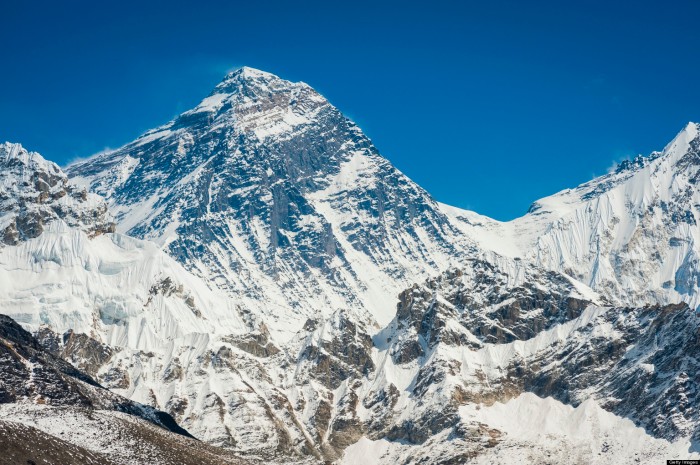
Recently while in New Zealand, surrounded by mountains of the most epic proportions, I thought it somewhat apt to watch the movie Everest (as I was lounging in my hotel robe supping hot chocolate). Unfortunately only a mere handful of the mountains I saw were snow-capped, being too early in the year for such white beauty, so having gone a bit snow crazy (and bothering the crap out of my wife by mentioning it every few minutes), it was on with the movie!
These movies all tend to start and finish the same way – a band of adventurous climbers setting out during an acceptable weather window, only for it to go to hell. Generally it’s a combination of unexpected storm, climber tardiness and avalanches that cause these problems, and sure enough in Everest, the same held true.
I enjoyed the movie, and despite wondering why the annoying Kiera Knightly was cast as the main characters wife (sporting the most horrible kiwi accent attempt I’ve ever heard – and in such a small role that any actual New Zealander actress could have played it)– I enjoyed the fact it wasn’t a Hollywood’ised retelling of the 1996 climbing disaster. When the main character (Rob Hall played by Jason Clarke) was trapped and facing death, the manly Sam Worthington, climber-guide extraordinaire didn’t in fact rush up the mountain single-handedly to save him, instead played a very normal character offering support to those back at base camp. And oops sorry about the spoiler – but we both knew someone of note had to die, right?
More interestingly, watching the movie raised a few issues for me that I had not considered about Mount Everest. Firstly – it’s littered with corpses. There’s said to be over 200+ bodies up there in various states, from frozen, parka-clad bodies respectfully covered by their respective national flags, to night of the living dead style bodies with skeletal arms protruding from the snow. How would that be, climbing up a super-dangerous mountain known to have taken the lives of some 250 people – only to see physical evidence of it!
In fact there’s even one famous set of remains named Green Boots – the remains of an Indian climber who froze to death on the NorthEastern path to the summit. Climbers had to literally step over old Green Boots to get there. If you’re feeling morbid, fire up images.google and search for Everest Corpses – then immediately regret doing so J
The reason the bodies remain on the mountain is not simply some romantic notion that these people died doing what they loved, it’s because it’s simply too dangerous to remove them. Almost all of these bodies are in what’s known as the ‘death zone’ (I know – sign me up to be a mountain climber right this moment!!) – 8000 feet above sea level where there is not enough oxygen for humans to breathe. That’s approximately one third of the amount of oxygen you get at sea level – or in short, you’re not pulling in as much oxygen to your body as you’re breathing out.
To make matters worse, when human brains are deprived of oxygen they effectively shut down. In addition to winds over 320 km/hour, temperatures so low that any exposed body part can be subjected to frostbite and of course avalanches, swelling in the head can lead to headaches, hallucinations, general disorientation and a whole range of other niceties, none of which you want to occur at over 8000 feet on earth’s highest mountain!
But despite all of this, people just keep on going up there. Why? To quote the movie, “Because it’s there!” The thrill of achieving the impossible has always been a key motivator through human history and Everest is right up there, along with those psychos who free dive to such ridiculous depths that large numbers of them drown in doing so. But according to some of the older school Everest climbers – who did so before it became ‘cool’ and overrun by commercial climbing companies, it’s just not the same anymore. The romantic notion of climbing the forbidding, mysterious majesty of Mount Everest has gone with over 7000 summits achieved by some 4000 plus individuals. And what is the end result? A mountain that has become buried in various forms of human filth, rubbish and of course, dead bodies.